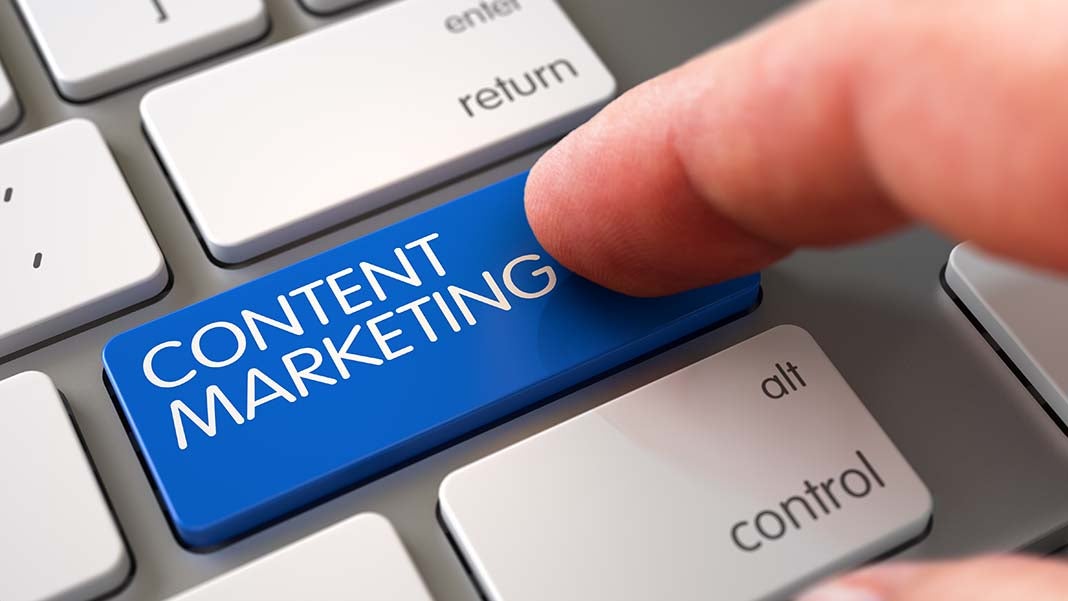
It’s fair to say that in this digital age, consumers are deluged with marketing content. Done well, it brims with originality, conveys brand identity and tells a compelling, emotional story all at the same time—one that your audience will want to share with their friends and which binds them to your content.
Of course, creating great marketing content is only half of the story. Planning and creating amazing content is vital to the process of building a successful brand campaign but the story is just part of the journey. How we deploy, or ‘activate,’ our content is just as important as the content itself.
Brand Activation
Let’s suppose you’ve created something amazing that could potentially see you dusting off your dinner suit come the Campaign Big Awards night. What would happen if you just uploaded it to YouTube and tell anyone? Or what if you distributed it on a platform or to an audience that is completely at odds with your campaign? Orphaned content like this is prolific across the web and is a real problem for a lot of potentially brilliant content marketing. Just take a look at this study from Moz and Buzzsumo to get an idea of the scale of the problem.
To put it simply then, activation is the marketing process of getting the right content in front of the right people at the right time. If we go a step further, it’s also about inspiring them to act, in a manner as financially tangible as clicking a ‘buy now’ button, or perhaps something as simple as liking a Facebook page.
Your content might be amazing. It may have the potential to be talked about at water coolers, viewed a million times on YouTube or to garner record-breaking retweets, but unless you activate with as much thought as you applied to its creation, it will invariably count for nothing. In this sense, activation is all about realizing your content’s full potential.
Strategize for success
Marketing activation is more than simply putting yourself out there. Just as you wouldn’t go to the expense and trouble of summoning a film crew for a three-day shoot without a script and storyboard, you can’t simply release your content into the wild and hope for the best.
Today’s video marketers—and their target audiences—operate in a multi-channel environment where brand narratives have the potential to take on lives of their own, so right from the outset, it’s vital to convey unity of tone, message and narrative across these different channels and platforms.
Building a brand is about far more than just bluntly direct viewers to the purchase button. Content marketing offers value with the aim of building your brand presence, engaging potential prospects and creating an army of loyal followers and subscribers to your content. Where you place or ‘seed’ your content therefore, is crucial if you want to achieve not only maximum exposure but the right kind of exposure.
It must appear on the right channels to be seen by the right people (your target audience) at the right time. You want it to be talked about, shared, and propagated organically. Think about who your brand appeals to, who your different target audiences are, and what channels they use. Consider the kinds of content they are consuming not only from your brand, but from the wider marketplace. For example, you might be fortunate enough to have a product or service with cross-generational appeal, but how you sell it must be targeted to specific audiences and specific users of different platforms.
But even if you get all this right, how are you going to measure the success of your activation strategy? What does a successful campaign look like?
Built into your plan should be some way of evaluating effectiveness through key performance indicators (KPIs), which in turn will provide you with the knowledge you need to tweak your campaign on the fly. This has to be established from the outset if you are to replicate your successes and learn from your mistakes.
Practical advice
A good place to begin when planning your activation strategy is the help hub hero marketing model. This will allow you to pin down different types of content, unify their approach and identify where and how they might best be deployed.
Hero content, for example, is a good way of getting noticed and making a big splash, so it makes perfect sense to ‘go wide’ with your activation strategy and seed this kind of content across a range of channels, including TV. By contrast, Help and Hub content will usually require a more surgical approach determined by your audience’s viewing habits.
You should also consider how best to employ the three different types of video marketing channels at your disposal.
- Owned media: These are channels you have direct influence over—your own website, social media feeds and blogs. YouTube also falls into this category and is by far and away the most popular online video platform on the planet, one which pays dividends in the form of Google search rankings. The ease by which you can control owned media means it will always be your first port of call when the time comes to distribute your video content, but remember that without an established audience your reach will be limited.
- Earned Media: This is the marketing your audience and the public does for you. It is what people are saying about you, how they are sharing and commenting on your content. Nowadays, we set great store by what our social network peers think of a brand, product or service, and earned media is more important than ever as a result. Traditionally, it’s achieved through regular PR tactics and, increasingly, through online and social network marketing.
- Bought media: This is the stuff you pay for—sponsored search engine rankings, TV spots, or pay per click online ads. It’s been the marketer’s weapon of choice for many years, but with the advent of modern content marketing, its approach can be a little blunt, even if the boundaries with owned media are becoming increasingly blurred. Social feeds provide the opportunity for sponsored and paid reach, but always remember to offer free and value adding content that isn’t blatantly self-promotional or sales driven.
It is all too easy when we are thinking about marketing ploys to consider only short term, instant hit strategies aimed at garnering a quick sales spike. The more long term, sustainable and ultimately effective approach associated with really great content means creating content that connects with your audience. Without an activation strategy however, your beautiful content could pass by unnoticed.
Author: Evelyn Timson is Managing Director at UK based video marketing company Aspect Film and Video and has worked with well-known brands like Coca Cola, Samsung, Microsoft and the British Library and National Trust in the UK. You can connect with Aspect via Facebook or Twitter. To see a selection of their award winning work check out their YouTube Channel.
3261 Views












